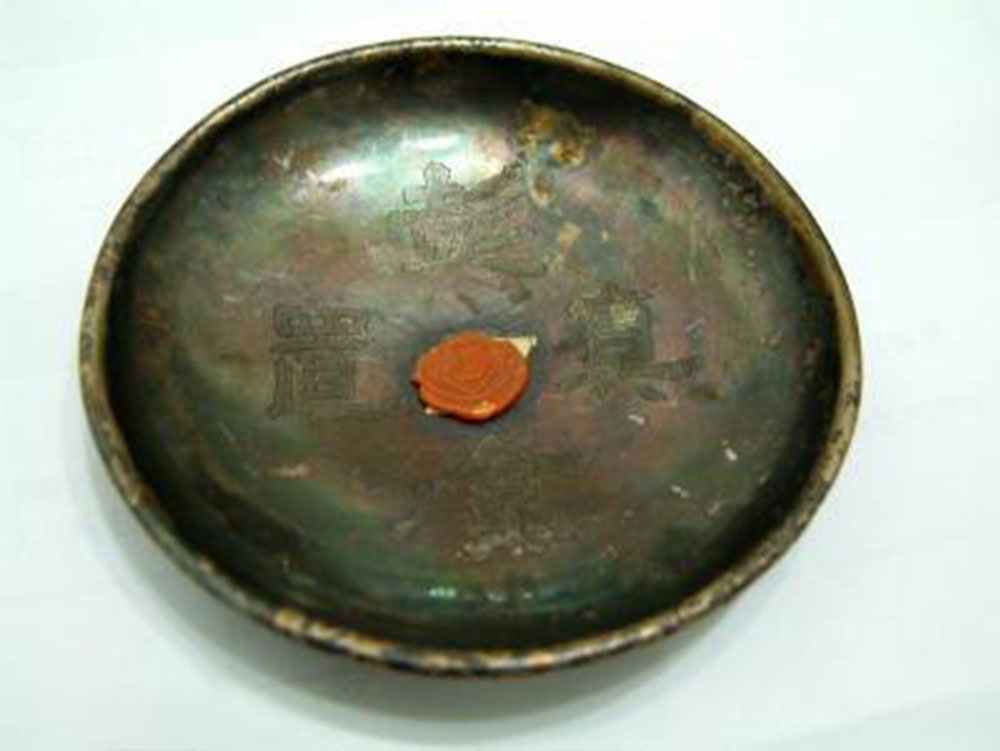
The "enamel seal" mark is a special seal for Chinese cultural relics to leave the country. The mark for whether cultural relics can leave the country is whether there is a "enamel seal" on the cultural relics. The "enamel seal" is a material made of turpentine, paraffin and pigment, which melts when heated slightly and has viscosity, and is used to seal bottle mouths, letters, etc.

Painted seals were originally used to protect confidential documents from disclosure. At the same time, the coat of arms on the lacquer seal is also a symbol of status. In modern times, it is mostly used as a ceremonial decoration. The lacquer seal is made of turpentine, paraffin and pigment. It melts when heated slightly and is sticky. The lacquer seal of Huoju originated from the Toushao period of the Eastern Zhou Dynasty. Sealing envelopes with wax began in the 16th century. Used by nobles or rich people, it can also be used to seal important documents or make seals for sealed containers. It is recorded that wax was invented by Russo in 1626. Through experiments, he mixed tar, cinnabar and shellac (Indian natural paint) in different proportions and heated them to form a paint. The color of the paint is red or brownish red. Then select a metal mold with appropriate patterns, print it on the uncured paint, and leave a clear pattern after cooling. The popularity of lacquer also promoted the development of lacquer seals. The predecessor of lacquer seal can be traced back to medieval Europe. At that time, in addition to military conquest, the king's rule also relied on official documents, such as issuing edicts and accounting for financial affairs. Therefore, the continuous development of the seal document system has promoted the perfection of the monarch seal system. After the fall of the Roman Empire, the administrative seal system was different from the past, and only a few kings had seals.
Historical origin
The lacquer seal originated from the Eastern Zhou Dynasty.
Silver dish with enamel seal
Sealing envelopes with enamel (also known as seal wax, seal wax, enamel wax, sealing paint, sealing wax, enamel stamp, and enamel seal in English as seal wax, wax seals stamp, wax seal, or sealing wax Huaming label) began to rise around the 16th century. Used by nobles or rich people, it can also be used to seal important documents or create a sealed container. It is mainly used for decorative purposes, such as scrapbooks, decorative certificates and sealed envelopes, greeting cards and invitations. Its previous role is mainly to ensure that the contents of the envelope are safe.

Orm of expression
The common form of lacquer is lacquer stick (traditional lacquer), but some are cored lacquer and lacquer particles. When you need to use it, cut a small piece of the lacquering stick and put it in a small spoon. After heating and melting, pour it into the required envelope mouth to seal

Name: Debin Zhou
Mobile:+86 15026466402
Tel:+86 15026466402
Whatsapp:+86 15026466402
Email:ayan@ayanstamps.com
Add:1116, Building E, Greenland Center, Baohe District, Hefei, Anhui 230000, China